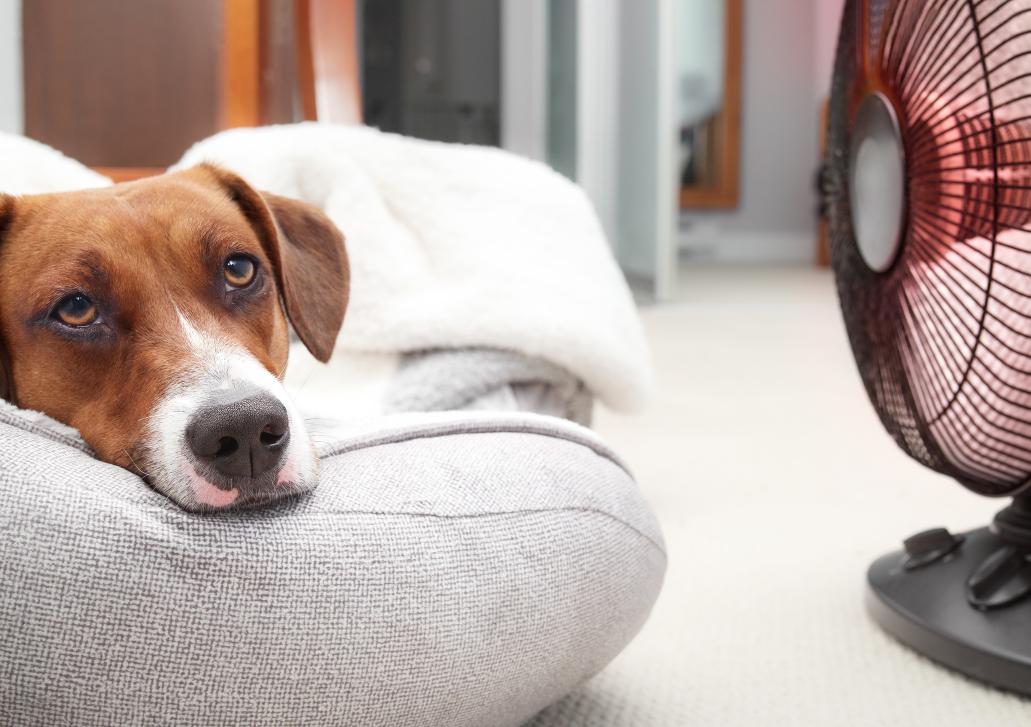Summer Hazards: Recognizing and Preventing Heatstroke in Pets

Flowers Mill Animal Hospital hopes that you are having lots of summertime fun with your pets. While the sun, swimming, and time with family and friends have a lot of great things to bring to the table, there are some warm weather pet hazards to be aware of. Don’t let the higher temperatures ruin a good time. Knowing how to recognize heatstroke in pets and what to do if it happens can be very helpful in keeping this time of year light and fun.
Signs of Heatstroke in Pets
Heatstroke is unfortunately one of the most common summer pet emergencies, and can be extremely dangerous. Heatstroke occurs when the body is unable to regulate its temperature effectively and internal body temperature rises to 104 degrees or above.
If a pet’s body temperature stays above 104 for too long, serious damage can occur to the body’s major organs. Depending on how long the temperature has been elevated and how long it stays high, signs of heatstroke in pets can include:
- Rapid panting
- Drooling and/or thick saliva
- Lethargy or mental depression
- Very red or pale gums
- Weakness or incoordination
- Vomiting
- Diarrhea
Unresolved heat stroke that persists can eventually lead to shock, coma, and even death. Not the way we hope you and your pets are spending the summer!
Prevent and React
When it comes to heatstroke in pets, prevention problems is the best strategy. All animal lovers should know what steps to take to avoid trouble, but those with very old pets, very young pets, overweight pets, or pets with smushed faces (brachycephalics) should be particularly proactive.
Ways to prevent heatstroke in pets include:
- Never leave pets in a vehicle, even for a minute.
- Don’t let pets stay outdoors unsupervised
- Making sure pets always have access to a shady or cooled area
- Provide fresh, cool water at all times
- Limit exercise to the cooler parts of the day
- Avoid muzzles that interfere with panting for extended periods
- Provide a shallow wading pool for pets to cool off in
- Encourage water intake
If you think that you might be noticing signs of heatstroke, don’t wait to move your pet to a cooler environment. Even if your pet seems to improve, we still recommend that they be examined. An increased body temperature can cause damage to internal organs that may surface in a delayed manner.
Heatstroke in pets is an emergency, and if you have any concerns about how your pet is doing, please call us right away.

